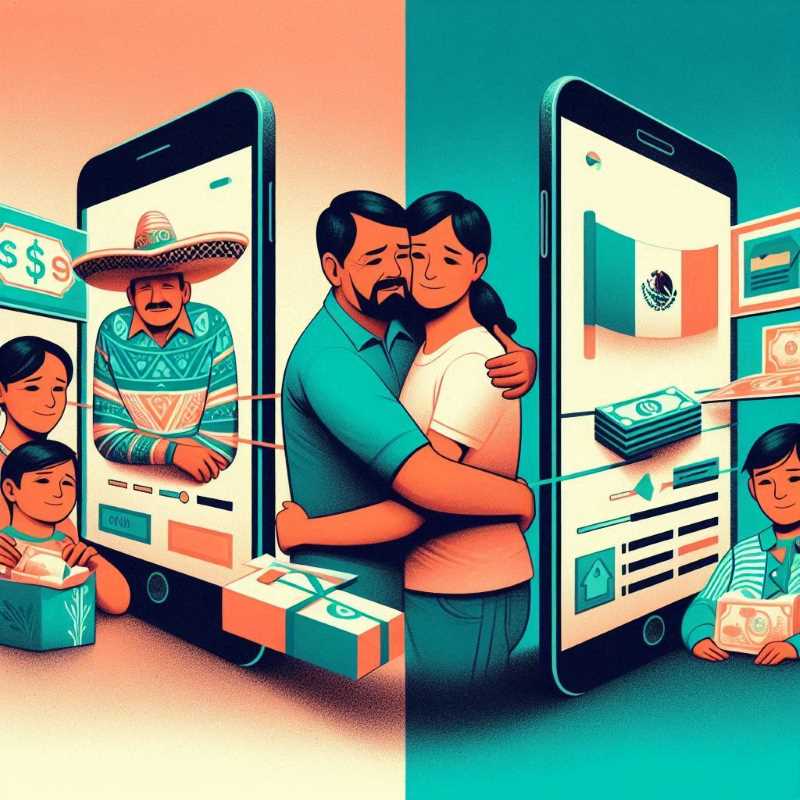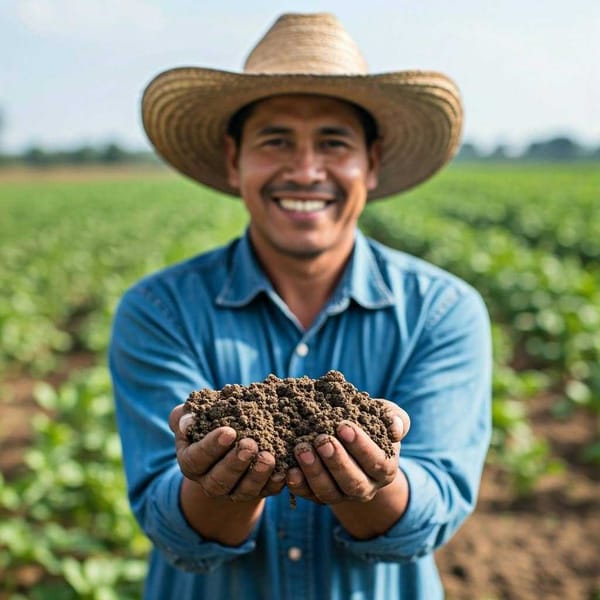How Migrants Can Be the Engine of a Changing World
Millions migrate due to politics, economics, and climate change. Often marginalized, they can be drivers of development through skills, remittances. US policy creates a complex situation in Mexico and Latin America, with both restriction and reliance on migrant labor.

They crisscross continents, driven by winds of change – political, economic, sometimes even climatic. These are the 281 million migrants, 3.6% of the global population, a number that's constantly on the rise. Yet, for all the legalities of seeking refuge, their lives are often painted in shades of marginalization and vulnerability.
This is the complex pattern that Dr. Silvia Elena Giorguli Saucedo, president of El Colegio de México, unravels. She challenges the perception of migrants as a threat. Instead, she argues, they hold the key to unlocking solutions. A human tide not just of bodies, but of skills, innovation, and a lifeline to aging societies with low birth rates. Dr. Giorguli paints a picture: remittances of a staggering $702 billion in 2022, a bridge across borders that fuels development. These migrants, she argues, can be the unseen caregivers, the silent contributors to a more robust global economy.




